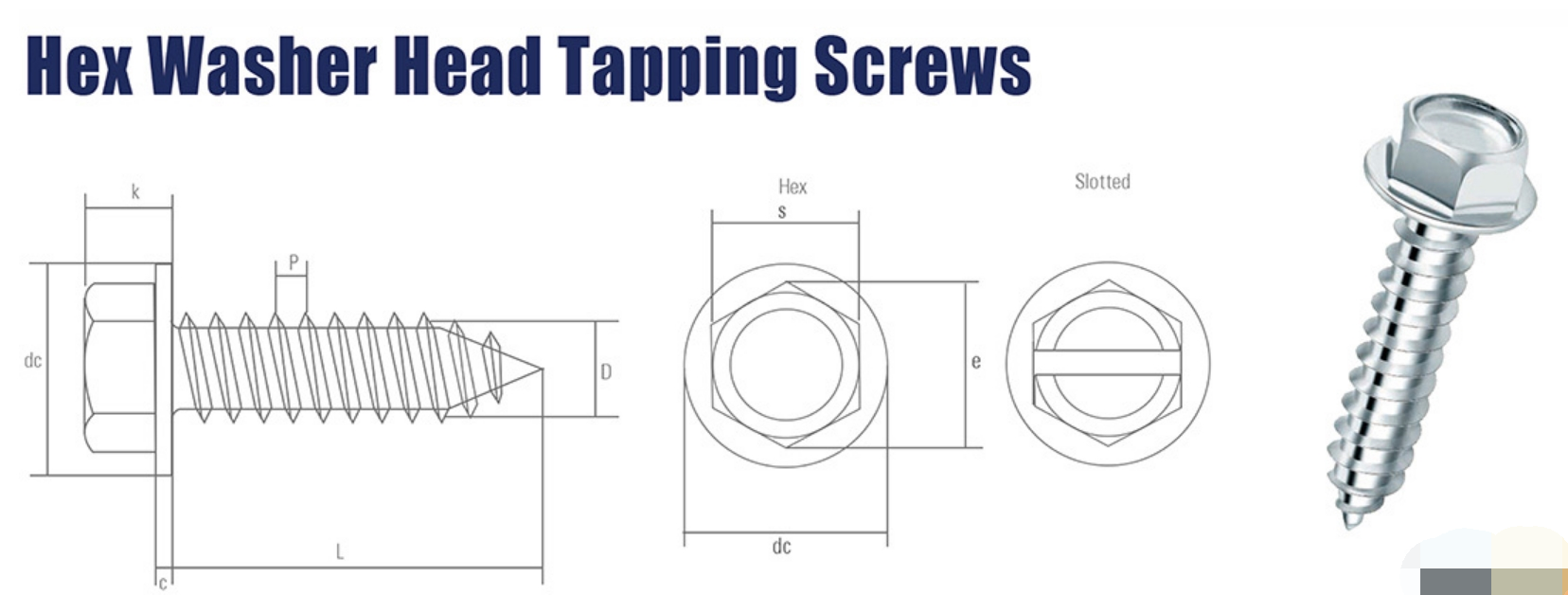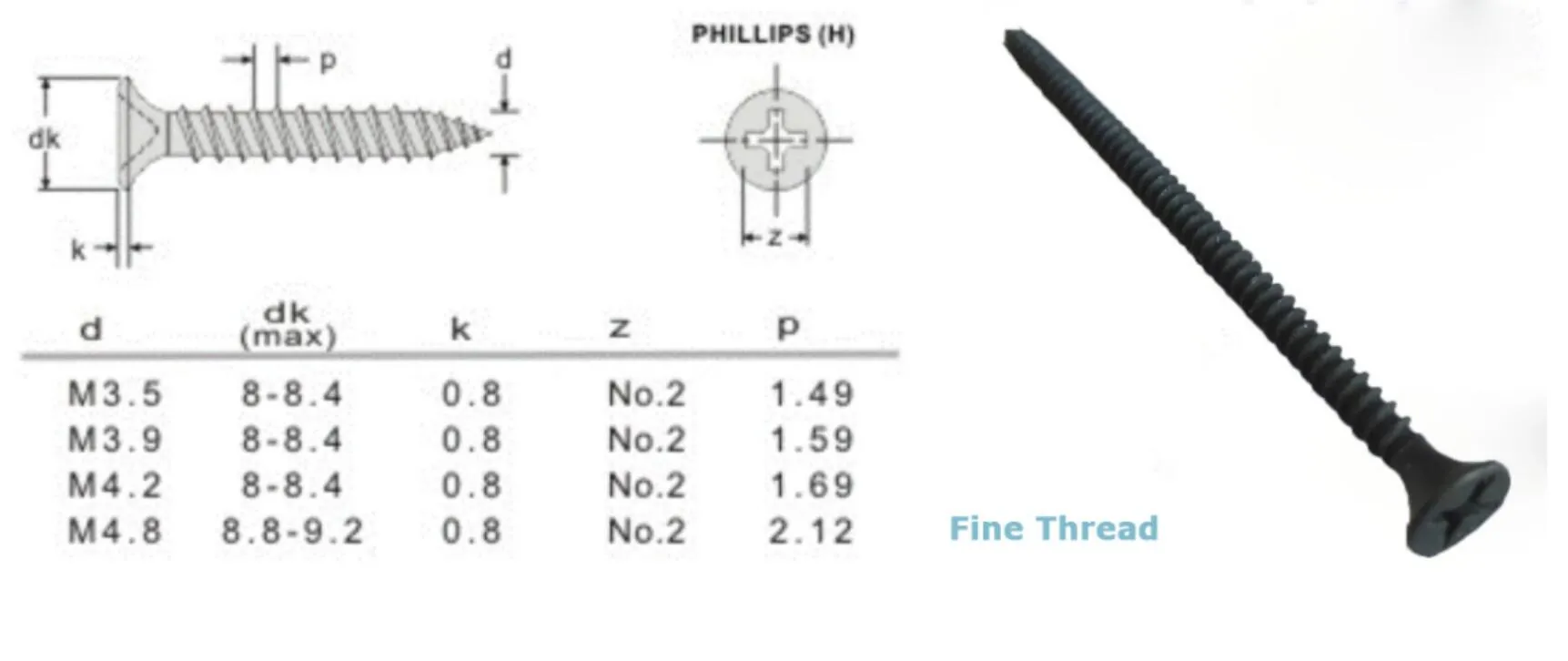Feb . 06, 2025 03:29
Back to list
difference between self tapping screws and self drilling screws
The world of screws is more intricate than it might appear at first glance. When it comes to fastening solutions, understanding the nuanced differences between self-tapping screws and self-drilling screws is crucial. These tiny components play a pivotal role in various construction and manufacturing applications, affecting the durability and efficacy of everything from home DIY projects to large-scale industrial installations.
Authoritativeness in the field does not merely come from theoretical understanding but from real-world application and feedback. For instance, many seasoned contractors highlight that the ease of use attributed to self-drilling screws can inadvertently lead to overtightening. This is because the drill point tends to progress through material rapidly, sometimes without giving the installer adequate feedback to control the depth of drive. Thus, while the benefits of speed and efficiency are undeniable, a level of caution and experience is necessary to prevent damage to the screw or the material. Self-tapping screws, although generally more forgiving, require precise alignment. If not aligned correctly, they can strip the material or become lodged. This issue is more prevalent when users improperly gauge the required diameter between the pilot hole and the screw. However, advances in design and material technology continuously address these challenges, offering varieties with reinforced threading and heads to adapt to industry demands. In terms of trustworthiness, one must consider the manufacturer's reputation and adherence to industry standards. Products that comply with standards such as the ISO or ANSI assure quality that professionals and DIY enthusiasts alike can rely on. For large-scale projects, understanding these standards is not just good practice but a necessary step in ensuring safety and compliance. Ultimately, the selection between self-tapping and self-drilling screws should be informed by a combination of technical requirements, environmental factors, and project-specific needs. Professionals should weigh these considerations carefully to maximize both the performance of the installation and the efficiency of the task. Through experience and keen attention to the nuances of these fasteners, both novices and seasoned experts can achieve optimal results. Knowledge, therefore, becomes not just an asset but a critical tool in navigating the complexities of modern fastening solutions.


Authoritativeness in the field does not merely come from theoretical understanding but from real-world application and feedback. For instance, many seasoned contractors highlight that the ease of use attributed to self-drilling screws can inadvertently lead to overtightening. This is because the drill point tends to progress through material rapidly, sometimes without giving the installer adequate feedback to control the depth of drive. Thus, while the benefits of speed and efficiency are undeniable, a level of caution and experience is necessary to prevent damage to the screw or the material. Self-tapping screws, although generally more forgiving, require precise alignment. If not aligned correctly, they can strip the material or become lodged. This issue is more prevalent when users improperly gauge the required diameter between the pilot hole and the screw. However, advances in design and material technology continuously address these challenges, offering varieties with reinforced threading and heads to adapt to industry demands. In terms of trustworthiness, one must consider the manufacturer's reputation and adherence to industry standards. Products that comply with standards such as the ISO or ANSI assure quality that professionals and DIY enthusiasts alike can rely on. For large-scale projects, understanding these standards is not just good practice but a necessary step in ensuring safety and compliance. Ultimately, the selection between self-tapping and self-drilling screws should be informed by a combination of technical requirements, environmental factors, and project-specific needs. Professionals should weigh these considerations carefully to maximize both the performance of the installation and the efficiency of the task. Through experience and keen attention to the nuances of these fasteners, both novices and seasoned experts can achieve optimal results. Knowledge, therefore, becomes not just an asset but a critical tool in navigating the complexities of modern fastening solutions.
Latest news
-
Top Choices for Plasterboard FixingNewsDec.26,2024
-
The Versatility of Specialty WashersNewsDec.26,2024
-
Secure Your ProjectsNewsDec.26,2024
-
Essential Screws for Chipboard Flooring ProjectsNewsDec.26,2024
-
Choosing the Right Drywall ScrewsNewsDec.26,2024
-
Black Phosphate Screws for Superior PerformanceNewsDec.26,2024
-
The Versatile Choice of Nylon Flat Washers for Your NeedsNewsDec.18,2024
Related News










